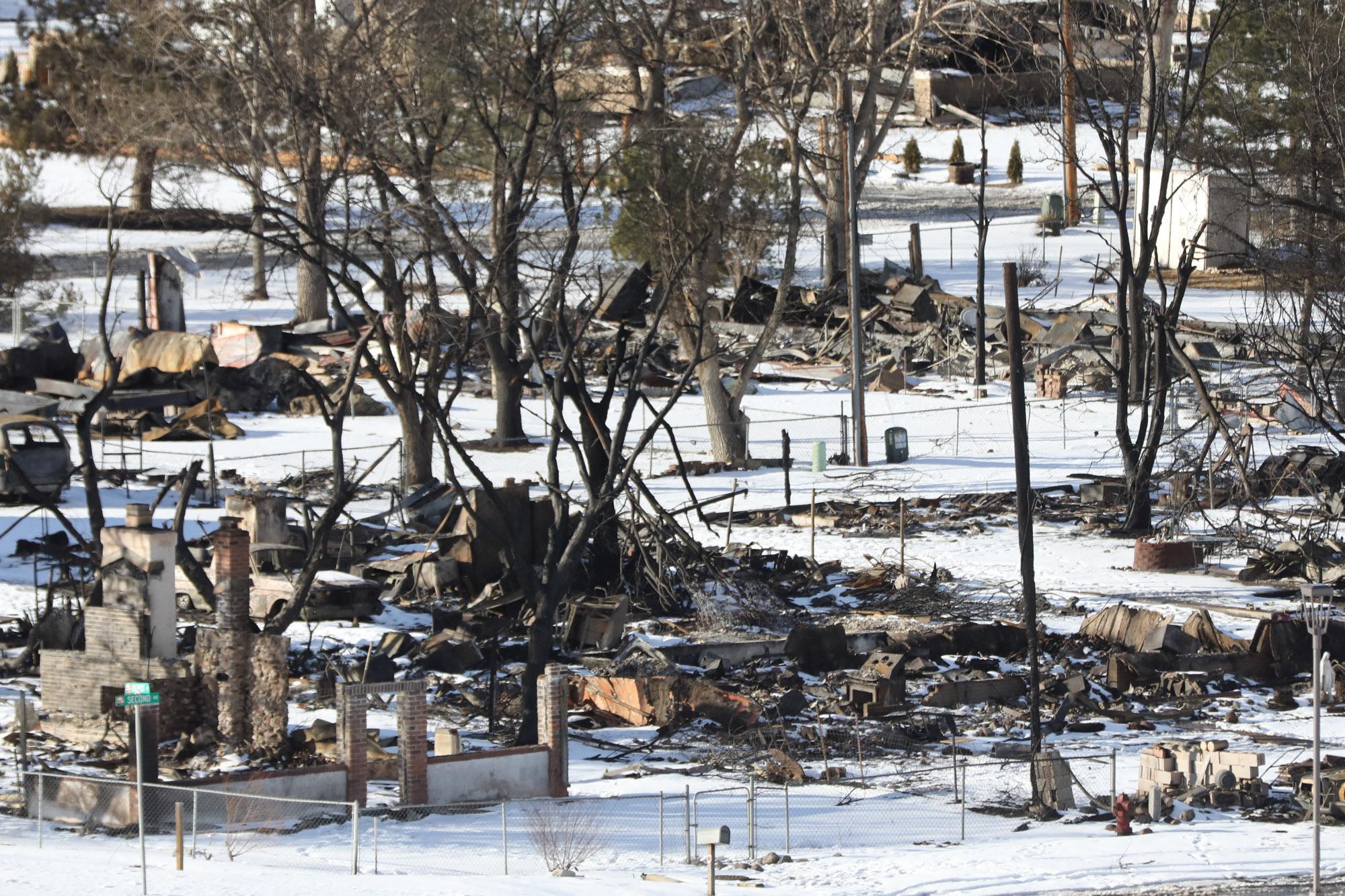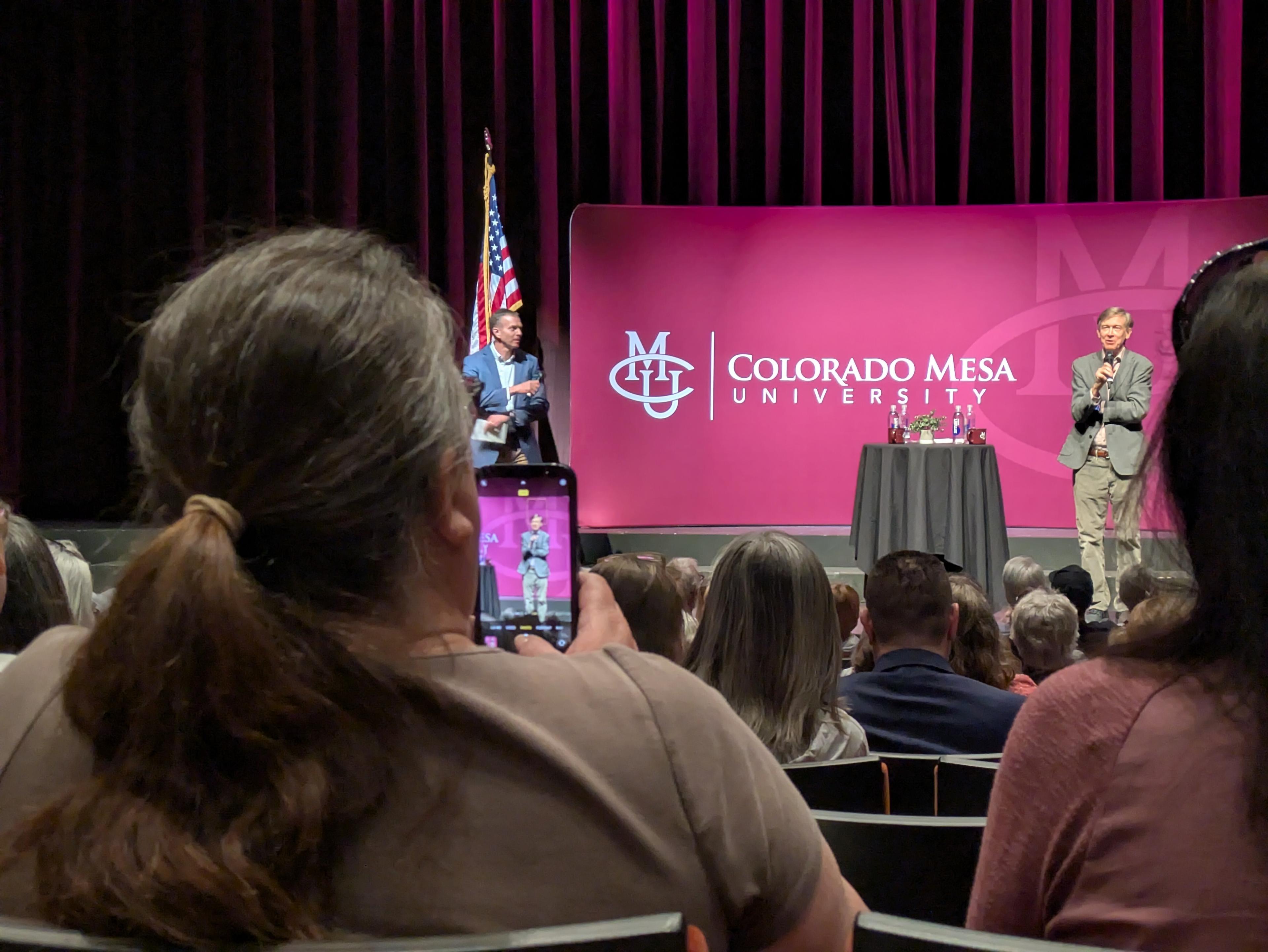
Once the smoke dissipated from the 2021 Marshall Fire, the magnitude of the devastation shocked residents and fire experts around the world. The disaster destroyed more than 1,000 homes, transforming entire Boulder County neighborhoods into a collection of concrete foundations packed with ash and debris.
Vegetation was also only a portion of the charred remains. The wildfire that killed two people had also burned through buildings, structures, and cars, which meant the remnants likely held copper, zinc, lead, and chromium — toxic metals with the potential to leave a legacy of soil and water contamination.
A new study — published in the journal Environmental Science and Technology — provides grounds for relief.
By sifting through the ashes and testing the soil, researchers at the University of Colorado Boulder found that the concentrations of heavy metals were indeed higher on burned properties than unburned ones. Those levels, however, did not exceed health standards set by the federal government.
The implications extend far beyond Boulder County. With the rise in global temperatures and continued property development in flammable landscapes, more fires are expected to ravage cities and suburbs. A recent report published in Nature estimates nearly half of the global population now resides in the Wildland Urban Interface, the region where buildings intermingle with fire-prone vegetation.
To conduct the peer-reviewed study, the researchers took soil samples from 58 properties in Boulder County four months after the fire. Half came from areas burned in the blaze. The other half were from areas untouched by the fire. Additional samples came from non-residential areas within and outside the burn zone.
The researchers tested the samples for heavy metals, which can threaten human health via water supplies or crops grown in contaminated soil. The results showed residential areas had higher levels of contamination, but none of the samples suggested residents face health risks from touching the soil or eating vegetables grown in home gardens.
The scientists also ran tests for polycyclic aromatic hydrocarbons, a class of cancer-causing chemicals often released when wood or garbage burns. All concentrations in the Boulder County samples were lower than safety thresholds set by the U.S. Environmental Protection Agency.
- Many Colorado HOAs have rules that make homes more vulnerable to wildfires. New legislation could block those.
- Xcel Energy hit with another Marshall fire lawsuit
- Authorities say power lines, earlier trash fire combined to cause Colorado’s massive Marshall blaze
- Researchers — and their drones — touch down in Boulder County to study the extent of the Marshall fire damage









